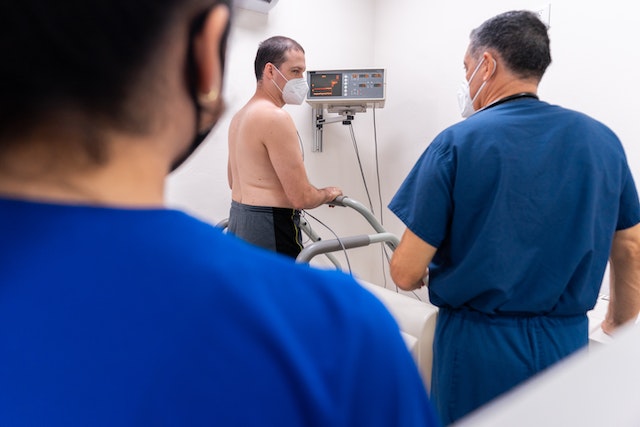Introduction:
Heart disease remains a significant issue for millions of individuals globally. The silent killer, heart disease, can be challenging to identify until it’s too late. This article wants to give information about heart disease. It will talk about the signs, reasons, ways to stop it, and how it can be treated.
The Growing Threat of Heart Disease
Heart has become a worldwide problem. It’s spreading quickly and causing lots of deaths. Wow, it’s hard to believe, but according to the World Health Organization (WHO), over 17 million deaths happen each year because of cardiovascular diseases. That’s really scary! Heart disease poses a great danger as it can strike people of all ages, genders, and backgrounds. When we realize how serious this threat is, we can come up with solutions that actually work and make disease not as big of a problem for society.
Trying to understand the Silent Killer: What exactly is heart disease?
Heart disease includes different types of illnesses that impact the heart and blood vessels. The most widespread type is coronary artery disease (CAD), which develops when the pathways that carry blood to the heart get narrower or blocked by a buildup of plaque. This might make your chest hurt (angina), give you a heart attack, or cause other problems. Heart failure, arrhythmias, and congenital heart defects are some other types of disease. Understanding the mechanisms and risks of different types of heart disease becomes easier when we explore them.

Acknowledging the Symptoms and Probable Factors
Heart often exhibits subtle warning signs that may be easily overlooked or mistaken for other conditions. When you have a heart problem, you might feel pain in your chest. It can be hard to breathe and you might get tired easily. Sometimes, you might feel dizzy or your heart might beat faster than usual. However, remember that indications can change based on the precise type of cardiac ailment. Also, understanding the risk elements associated with heart disease can aid individuals in assessing their own proneness to it and implementing preventative measures. Many things can make it more likely for you to have health issues with your heart. Some of these are smoking cigarettes, having high blood pressure, having too much cholesterol in your body, being very heavy or fat, having diabetes which makes it hard for your body to control the sugar in your blood, not moving around or exercising enough and just staying still most of the time like sitting or lying down for long hours at a time without doing anything active. Also if people who are related to you like your mom or dad have had problems with their hearts before then it might mean you could be more at risk too.
Achieving command: Strategies for stopping and recovering.
Prevention is key when it comes to heart disease. Lowering the risk is possible by incorporating a heart-healthy lifestyle. Being healthy means getting enough physical activity every day. It also means eating a mix of different kinds of food like fruits, veggies,wheats,and meats that aren’t fatty. You should learn how to deal with stress without it bothering you too much as well. And never smoke or drink way past what is normal for someone your age. Keeping your weight from getting too high is important as well. Seeing a healthcare professional regularly can also keep an eye on your cardiovascular well-being and detect any possible problems.
Besides preventing it, you have many choices for treating heart disease and making your heart healthier. To manage blood pressure, cholesterol, and blood sugar levels, people can use medication. When you work together with healthcare professionals, they can create a special treatment plan just for you that deals with your specific needs and lowers the risk of any issues happening.
Conclusion:
Heart disease is a major problem that affects many individuals in the population. By increasing heart disease awareness, understanding its symptoms and risk factors, and adopting preventive measures, we can take control of our cardiovascular health. Remember, early detection and timely intervention play a crucial role in mitigating the impact of heart disease and leading a healthier life. By giving importance to our heart health and choosing positive habits, we can expose the quiet enemy and encourage a society that is more capable of fighting against heart disease.




